X. From Spaniard and Return Backwards, Hold Yourself Suspended in Mid Air (X. De español y torna atrás, tente en el aire) 1760
[b]Notes from the Curator:[/b]
[br]These three works belong to a set of casta paintings by Juan Patricio Morlete Ruiz that originally had sixteen scenes (over time many sets have been disassembled). Each scene depicts a family group with parents of different races and one of their children. During the colonial period Indians, Spaniards born in Spain as well as the New Worl...
- Size:
- 39 1/2 × 47 1/2 in. (100.33 × 120.65 cm)
- Medium:
- Oil on canvas
- Credit:
- Courtesy of the Los Angeles County Museum of Art
More from this artist...
Loading...
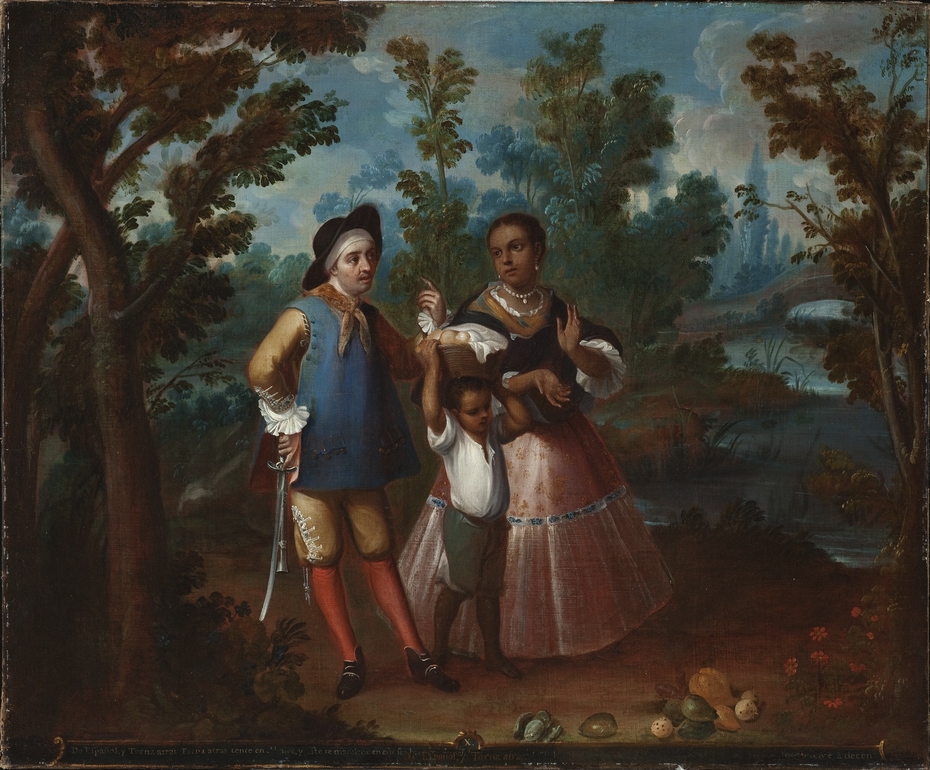
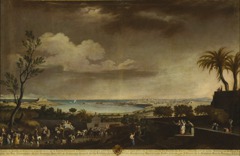
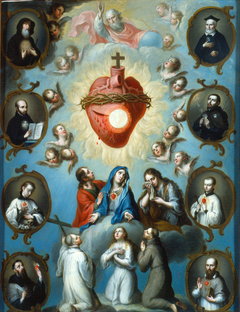
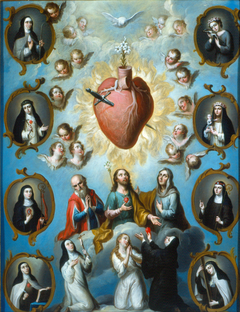
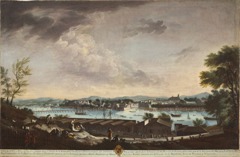
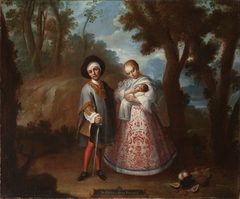
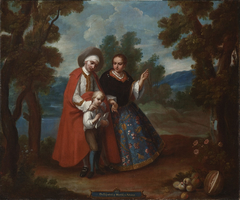
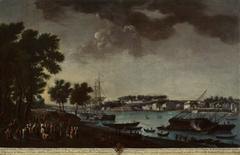

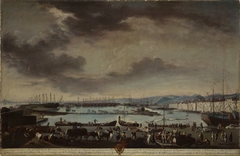

![Casta Painting (From Spaniard and Morisca, Albino) (Pintura de castas [De español y morisca, albino]) by Anonymous](https://useumcache3-a8awedfeh4eab5ct.a01.azurefd.net/images-9/casta-painting-from-spaniard-and-morisca-albino-pintura-de-castas-de-espanol-y-morisca-albino-anonymous-1750-a03345ee.jpg)
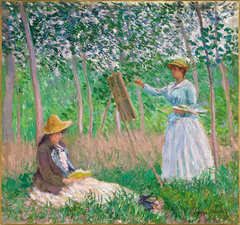

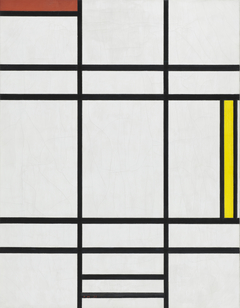
Discussion